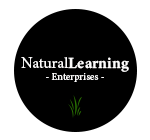|
We are excited to announce that we have recently partnered with The Institute of Cannabinoid Medicine (TIOCM) to expand our education and publishing operations under the Curious About Cannabis brand! We are thrilled to have the opportunity to join forces with a powerful group of healthcare professionals, researchers, and industry leaders to help lead the way in high quality medical-focused Cannabis and cannabinoid education in the United States!
Learn more about The Institute of Cannabinoid Medicine at www.TIOCM.org
0 Comments
Find Our Books, Merch, and Other Educational Trinkets At Our Store!
We have officially launched the Natural Learning Enterprises online store where anyone can buy our publications, merchandise, and other educational goodies. Every purchase goes to support our mission of helping reconnect people with the science of the world around us!
Check it out today at store.naturaledu.com and use code WELCOM3 to get 5% off your first order! Our new children's book, "A Toadstool's Treasures" is debuting on August 1st! To learn more, visit www.ToadstoolsTreasures.com/book
Biologist and Environmental Educator, Peter Kleinhenz, Goes Searching for Wolverines and Inspiration for a Hopeful FutureWe had the opportunity to catch up with biologist and environmental educator, Peter Kleinhenz, MS, to discuss his recent adventure to Alaska in search of the elusive wild wolverine. Our discussion proceeded to explore ideas about biodiversity conservation in the United States, political dynamics affecting conservation, and whether there is any hope for the future.
Check it out and don't forget to subscribe to our YouTube channel as we intend to share more conversations and educational video content soon! Connect with us on Instagram Connect with us on Facebook Connect with us on Twitter Support us on Patreon CAC Podcast Now on Apple Podcasts, Spotify, Stitcher, TuneIn, and more!Our preview episode of the Curious About Cannabis Podcast has been released! You can listen by visiting CACPodcast.com or searching for The Curious About Cannabis Podcast on Apple Podcasts, Spotify, Stitcher, TuneIn, and just about any other place you listen to podcasts. The Curious About Cannabis YouTube Channel is Live!We recently launched the Curious About Cannabis YouTube channel, where you can find educational video content about Cannabis, cannabinoids, and the endocannabinoid system! Watch the video below to learn more, and don't forget to like, share and subscribe! Check out some of the things we're currently working on!Support our projects and get regular updates by becoming a member on Patreon
The Curious About Cannabis Podcast
Join scientist and educator Jason Wilson on a journey to discover the truth about the world's most controversial plant - Cannabis. Meet with doctors, nurses, chemists, patients, and more to critically explore essential questions about Cannabis. Click here to learn more. Release Date: Fall 2019
A Toadstool's Treasures: Discovering the Fun and Fascinating World of Fungi - Educational Children's Book
What good are fungi? What would the world be like if fungi disappeared? Join two friends as they embark on a magical journey led by a strange talking mushroom to learn about the many roles that fungi play in the environment and our lives. A Toadstool's Treasures is a children's book intended to help cultivate an appreciation for our fungal friends by exposing the reader to the ecological functions and ethnobotanical uses of mushrooms and other fungi. Release Date: TBD 2020
GardenWild for Schools: Bringing Wildlife Conservation to School Gardens (Tentative Book Title)
School gardens are becoming popular, often used as tools to teach about food production. However school gardens also provide an incredible opportunity to contribute to wildlife conservation efforts while providing a number of other benefits to the school. By embracing native wildlife-friendly gardening elements in school gardens, schools can support local biodiversity and participate in citizen science to contribute to biodiversity research, helping address one of the most critical environmental problems currently facing humans today. In addition, wild gardens provide educators with a wider diversity of learning opportunities compared to a traditional garden - providing more opportunities for students to be outside, connecting with their environment. Research suggests that biodiversity and exposure to the outdoors might each be correlated with human well-being. By supporting biodiversity through wild gardens, schools could enhance the overall well-being of students, teachers, and staff. A greater sense of well-being can ultimately yield better learning outcomes in students. Native wildlife-friendly gardens are a win-win for students, the environment, and the school. Wild gardens can then inspire learners to build their own wildlife-friendly gardens at their homes, where they may influence their neighbors, friends and family to consider building wild gardens, and so on. In this way, one student inspired by a wild garden can help inspire an entire community to be better stewards for native wildlife. GardenWild for Schools presents the GardenWild philosophy, strategies for building wild gardens, and lesson plans across multiple learning styles, topics, age ranges, and disciplinary core ideas. Teachers, administrators, and homeschooling parents or family members can use GardenWild for Schools as a guide to understanding the what, why and how of wild gardens, with engaging lessons woven throughout the process. Release Date: TBD 2020 Support our projects and get regular updates by becoming a member on PatreonUpon bringing Toadstool's Treasures into the Natural Learning Enterprises family, we decided to give the ToadstoolsTreasures.com website a design overhaul.
Check out the new page and enjoy the mycologically inspired content, including the side-scrolling video game, Toadstool's Adventures! We are happy to announce that we are going to be bringing two new programs into the Natural Learning Enterprises family.
The first program is GardenWild - an initiative aimed at addressing native flora and fauna habitat loss and fragmentation through garden education. GardenWild teaches gardeners about native plants and other wildlife and introduces gardeners to strategies for cultivating gardens that support both humans and our wild neighbors. The second program to join NLE is Toadstool's Treasures - an educational resource dedicated to teaching people about the critical roles that mushrooms and other fungi serve in our ecosystems. Toadstool's Treasures provides educational information, lesson plans, educational games, and more to introduce kids and adults alike to the fun and fascinating world of fungi! We are thrilled to add these two programs to the NLE content lineup, expanding our educational offerings and helping us to further our mission of promoting scientific literacy! Curious About Cannabis: A Scientific Introduction to a Controversial Plant |
Copyright © 2018
Natural Learning Enterprises is dedicated to helping support science education about the natural world.
"Curious About Cannabis", "GardenWild", and "Toadstool's Treasures" are registered trademarks by Natural Learning Enterprises, LLC. All rights reserved.
Curious About Cannabis (2nd Edition) and Toadstool's Treasures are available at the NLE store.
"Curious About Cannabis", "GardenWild", and "Toadstool's Treasures" are registered trademarks by Natural Learning Enterprises, LLC. All rights reserved.
Curious About Cannabis (2nd Edition) and Toadstool's Treasures are available at the NLE store.

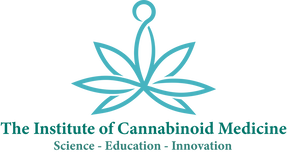
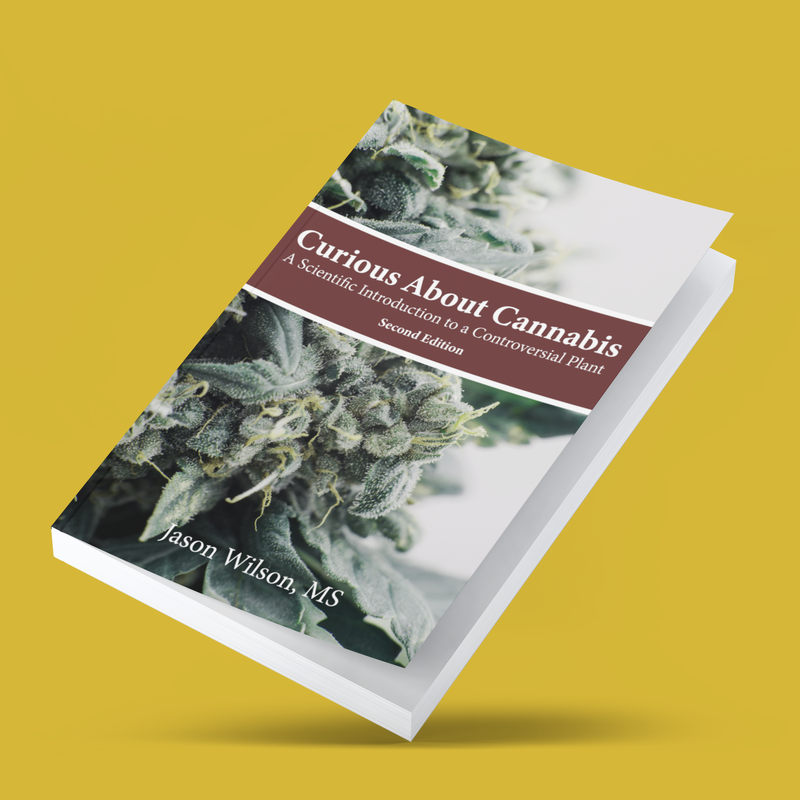
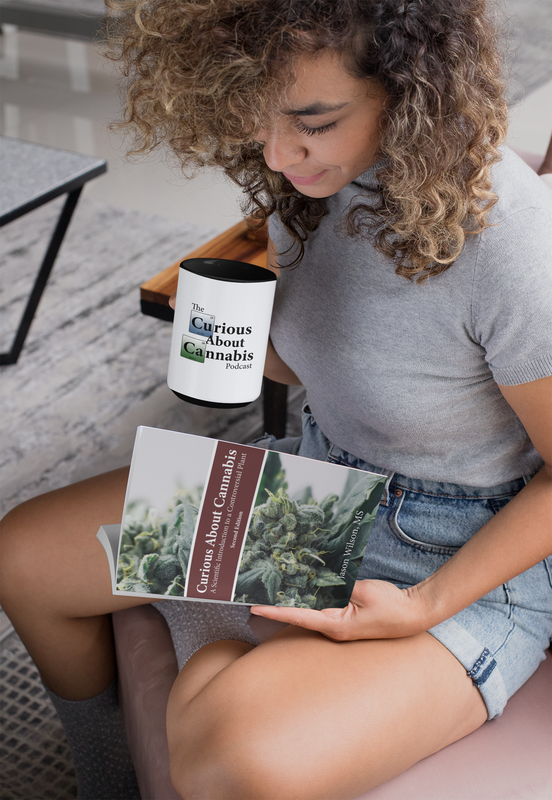
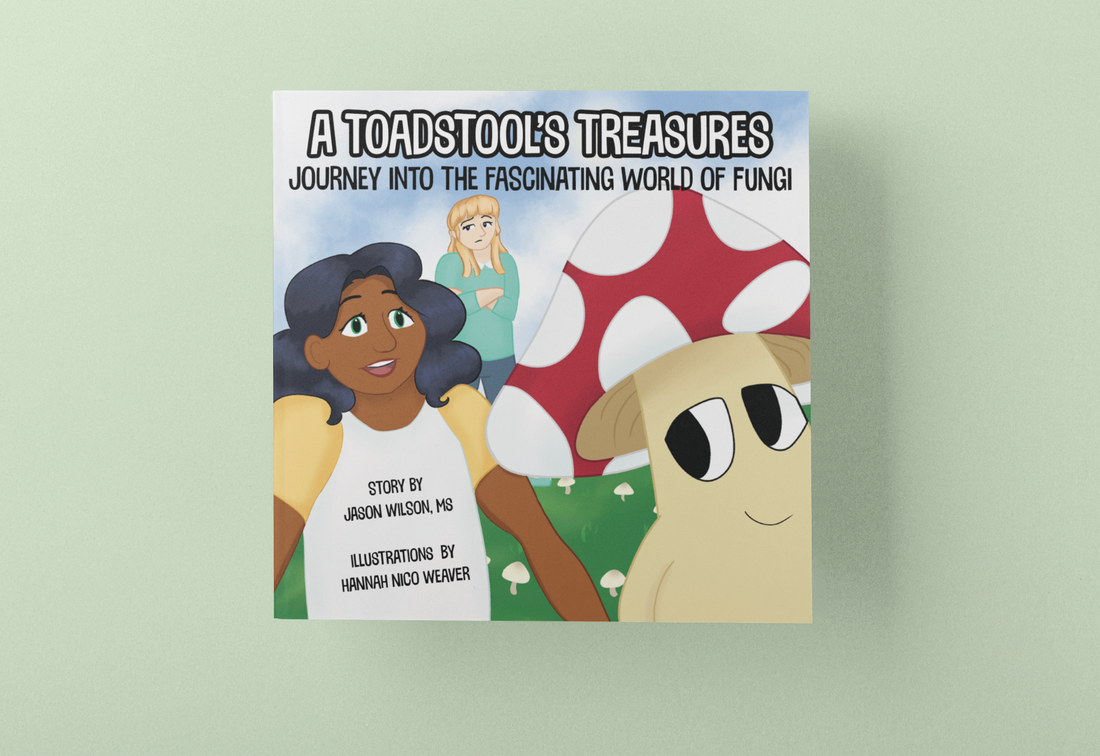
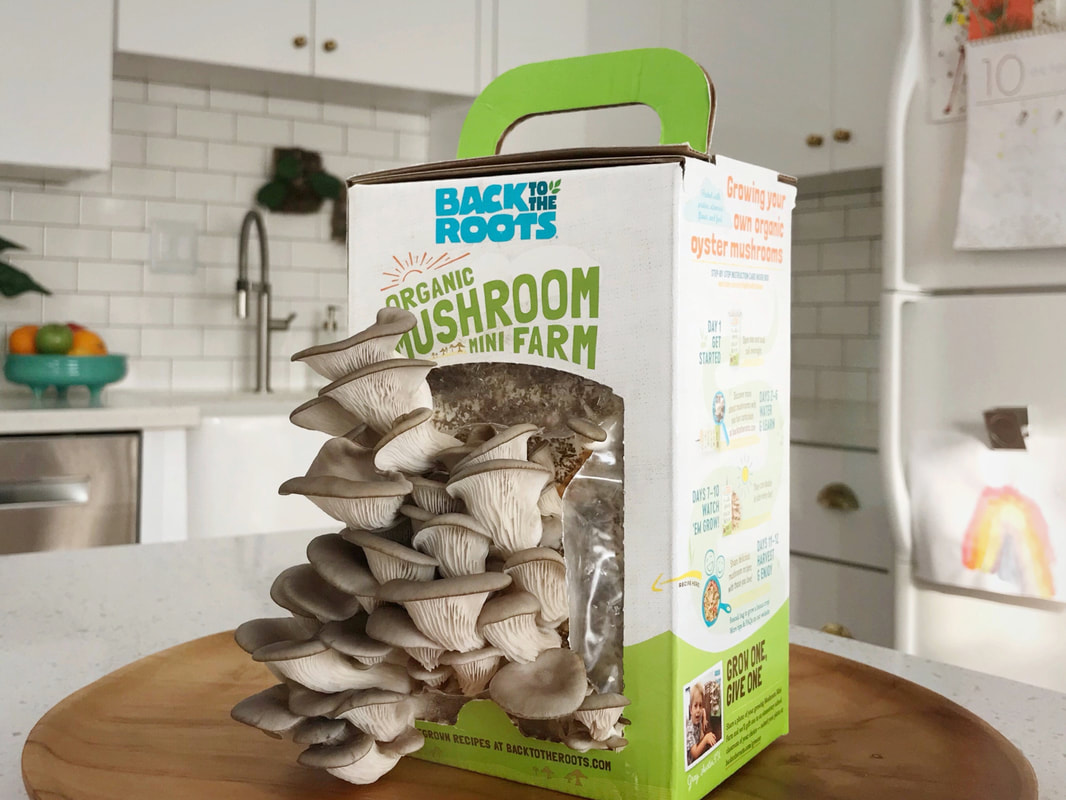
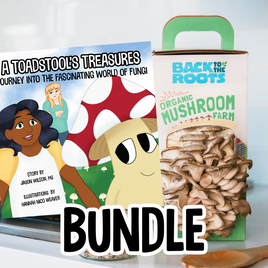
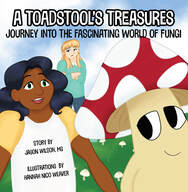
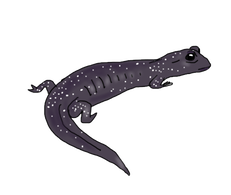

 RSS Feed
RSS Feed
